The Curry Plant Companion Planting Guide
Curry plants (Helichrysum italicum) are evergreen shrubs that are native to the Mediterranean region. They are known for their strong, curry-like aroma and their attractive, silvery-green foliage. Curry plants are relatively easy to grow and care for, and they can be grown in either outdoor gardens or indoor pots.
One of the best things about curry plants is that they can be companion planted with a variety of other plants. Companion planting is a gardening technique that involves planting different types of plants together in order to create a mutually beneficial relationship. When plants are companion planted, they can help each other to thrive by attracting beneficial insects, deterring pests, and improving soil quality.
There are many different plants that can be companion planted with curry plants. Some of the best options include:
- Lavender: Lavender is a fragrant herb that is known for its insect-repelling properties. It can help to keep pests away from curry plants, and it can also add a touch of beauty to your garden.
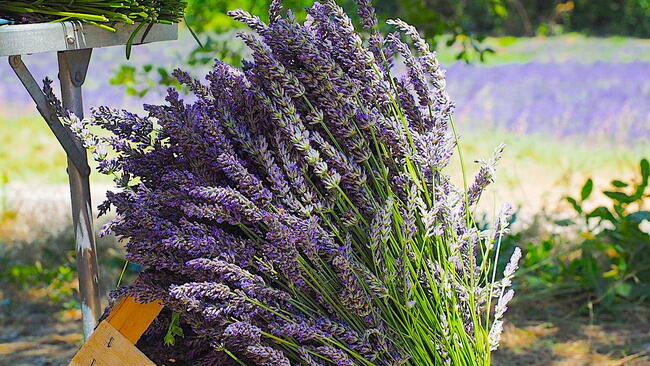
- Thyme: Thyme is another fragrant herb that is beneficial to companion planting. It can help to improve soil drainage and aeration, and it can also repel pests.
- Santolina: Santolina, also known as lavender cotton, is a drought-tolerant shrub that can help to attract beneficial insects to your garden. It can also help to deter pests, such as aphids and spider mites.
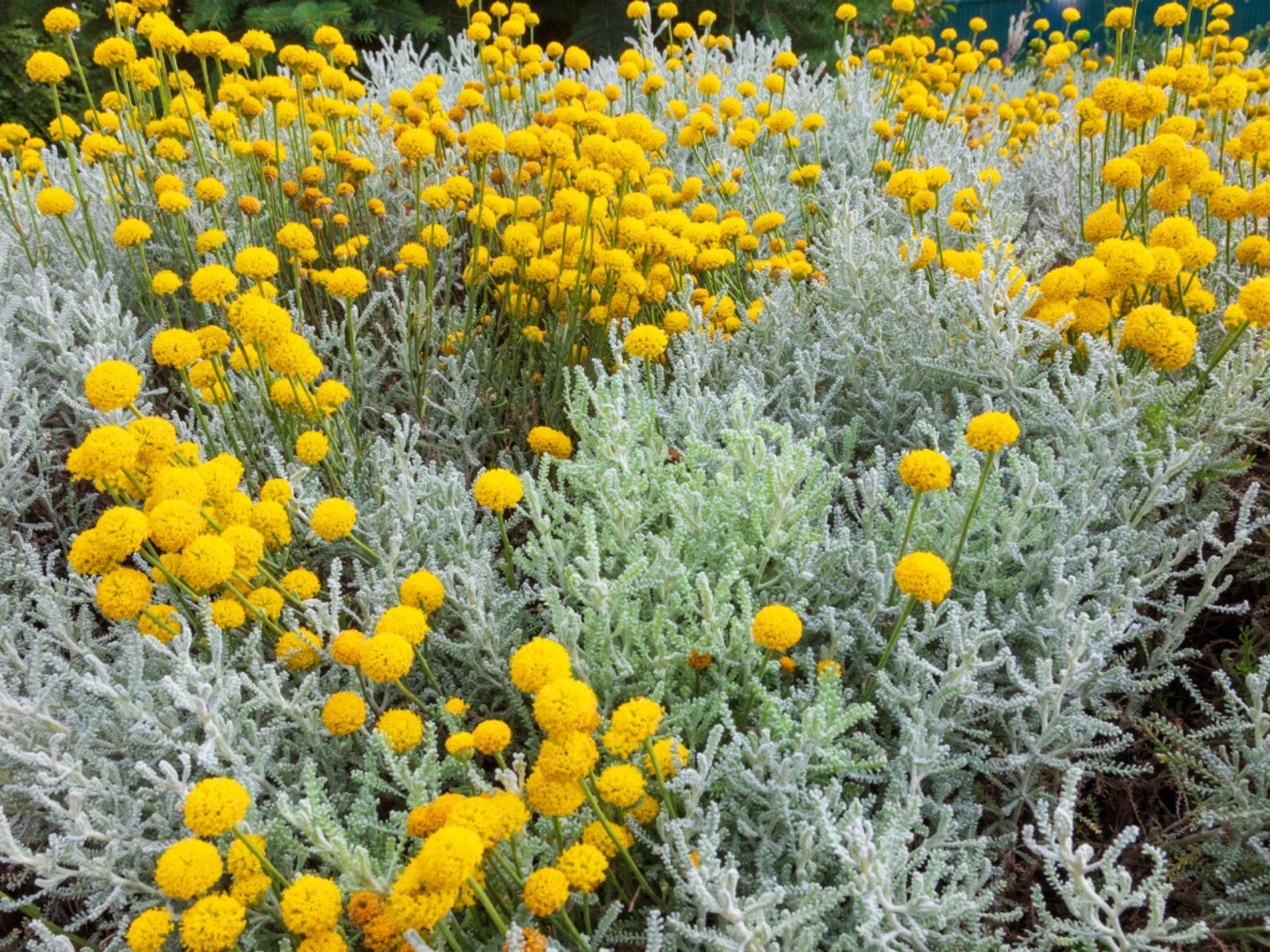
- California poppy: California poppy is a beautiful flower that can add a splash of color to your garden. It is also a good companion plant for curry plants because it can help to attract beneficial insects.
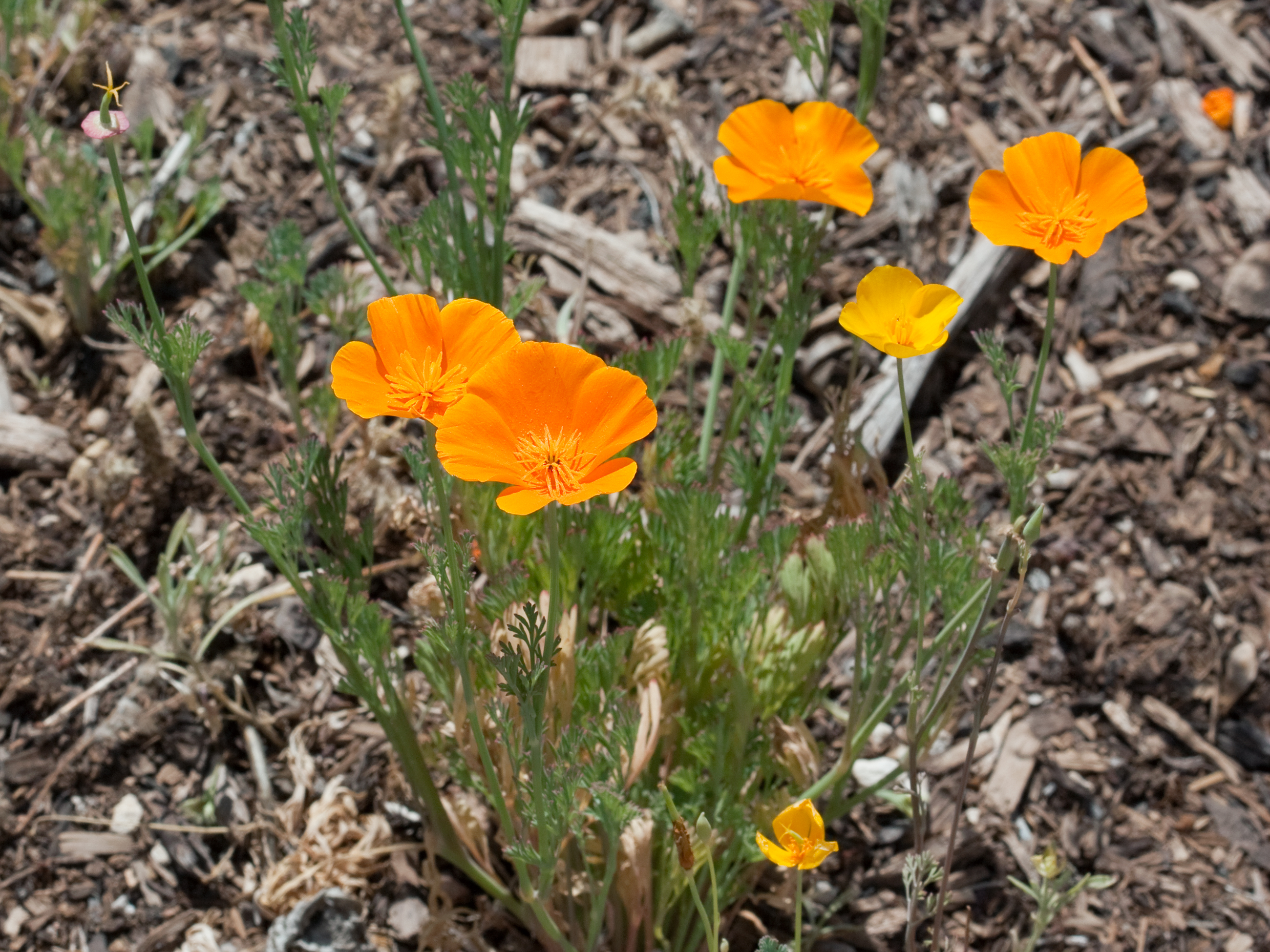
- Nasturtium: Nasturtium is another flowering plant that can be companion planted with curry plants. It is a good source of nectar for beneficial insects, and it can also help to deter pests.

When choosing companion plants for your curry plants, it is important to consider the plants' environmental needs. For example, both curry plants and lavender need full sun and well-drained soil. If you are planting your curry plants in a container, make sure to choose a pot that has drainage holes.
Companion planting is a great way to create a healthy and beautiful garden. By planting curry plants with the right companion plants, you can help them to thrive and produce their best blooms.
Conclusion
Curry plants are versatile and easy-to-grow shrubs that can be enjoyed in both indoor and outdoor settings. By companion planting them with the right plants, you can help them to thrive and produce their best blooms.
Here are some additional tips for companion planting with curry plants:
- Plant curry plants in full sun or partial shade.
- Provide curry plants with well-drained soil.
- Water curry plants regularly, but do not overwater.
- Fertilize curry plants once a month during the growing season.
- Deadhead spent flowers to encourage new blooms.
- Protect curry plants from frost in cold winter climates.
With a little care and attention, you can enjoy your curry plants for many years to come.
Curry plants are a beautiful and versatile addition to any garden. They can be grown as annuals or perennials, and they thrive in full sun and well-drained soil. Curry plants also make excellent companion plants, as they can help to deter pests and attract beneficial insects.
Some of the best companion plants for curry plants include:
- Lavender: Lavender is a natural pest repellent, and it can help to keep away aphids, spider mites, and other common garden pests. Lavender also has a calming aroma that can help to reduce stress and anxiety. [Website address]
- Thyme: Thyme is another herb that can help to deter pests. It also has a strong aroma that can help to mask the scent of other plants, which can discourage deer and rabbits from eating them. [Website address]
- Coneflower: Coneflowers are not only beautiful flowers, but they are also a great source of nectar for butterflies and other pollinators. They can help to increase the biodiversity of your garden and attract beneficial insects. [Website address]
- California poppy: California poppies are another attractive flower that is also a good source of nectar for pollinators. They are also drought-tolerant, so they can thrive in dry climates. [Website address]
If you are looking for more information about curry plant companion planting, I recommend visiting the Gardenia Inspiration. This website has a wealth of information on the topic, including a list of recommended companion plants, tips on how to plant and care for curry plants, and information on the benefits of companion planting.
FAQ of curry plant companion planting
- What are some good companion plants for curry plants?
Some good companion plants for curry plants include:
* Lavender cotton (Santolina chamaecyparissus)
* Creeping thyme (Thymus serpyllum)
* California poppy (Eschscholzia californica)
* English lavender (Lavandula angustifolia)
* Rosemary (Rosmarinus officinalis)
These plants all have similar growing conditions to curry plants, and they can help to attract beneficial insects, deter pests, and improve the overall health of your plants.
- What are some bad companion plants for curry plants?
Some bad companion plants for curry plants include:
* Other members of the mint family (Lamiaceae), such as basil, mint, and oregano, as they can compete for resources and attract pests.
* Vegetables that attract pests, such as cabbage, broccoli, and Brussels sprouts.
* Plants that require a lot of water, such as tomatoes and cucumbers.
- How far apart should curry plants be planted?
Curry plants should be planted about 2-3 feet apart. This will give them enough room to grow and spread without competing for resources.
- How much water do curry plants need?
Curry plants need about 1-2 inches of water per week. However, they are drought-tolerant and can survive with less water. It is important to water them deeply when you do water them, so that the water reaches the roots.
- How do you fertilize curry plants?
Curry plants should be fertilized every 2-3 months with a balanced fertilizer. You can use a liquid fertilizer or a granular fertilizer. Be sure to follow the directions on the fertilizer label.
Image of curry plant companion planting
- Curry plant and lavender. Curry plant and lavender are both Mediterranean plants that thrive in full sun and well-drained soil. They also have similar water requirements. Lavender can help to deter pests from curry plant, and the two plants can complement each other's scents.
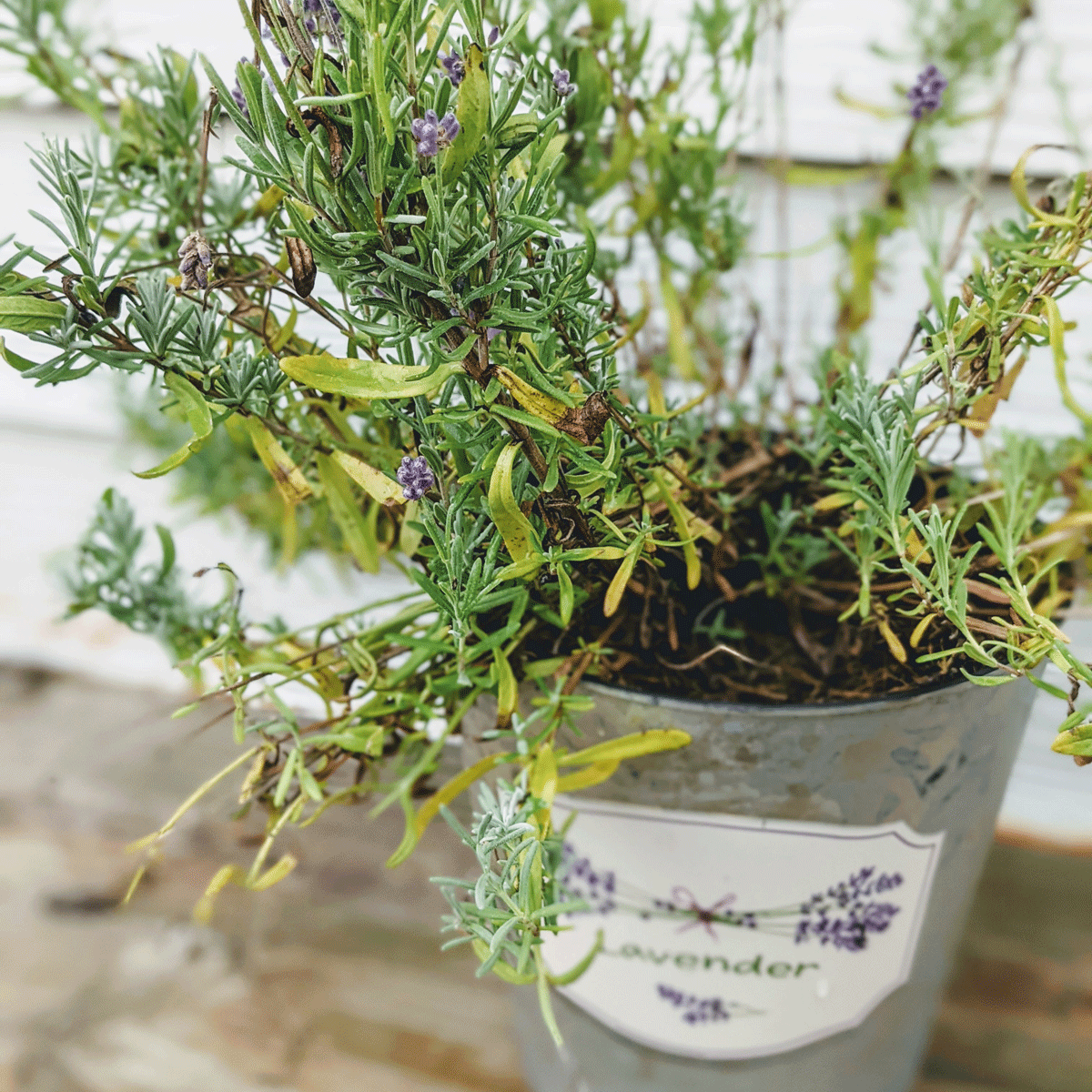
- Curry plant and thyme. Thyme is another good companion plant for curry plant. It is also a Mediterranean plant that is drought-tolerant and attracts beneficial insects. Thyme can help to improve the flavor of curry plant leaves.

- Curry plant and rosemary. Rosemary is another Mediterranean herb that can be planted with curry plant. It is also drought-tolerant and attracts beneficial insects. Rosemary can help to improve the flavor of curry plant leaves.

- Curry plant and lavender cotton. Lavender cotton is a silvery-leaved shrub that can be planted with curry plant. It is drought-tolerant and attracts beneficial insects. Lavender cotton can help to deter pests from curry plant, and the two plants can complement each other's scents.
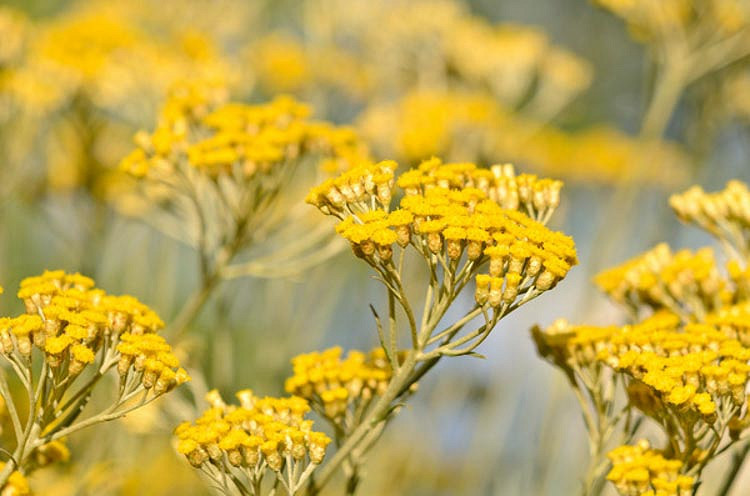
- Curry plant and California poppy. California poppy is a bright orange wildflower that can be planted with curry plant. It is drought-tolerant and attracts beneficial insects. California poppy can help to improve the appearance of the curry plant bed.

Post a Comment for "The Curry Plant Companion Planting Guide"